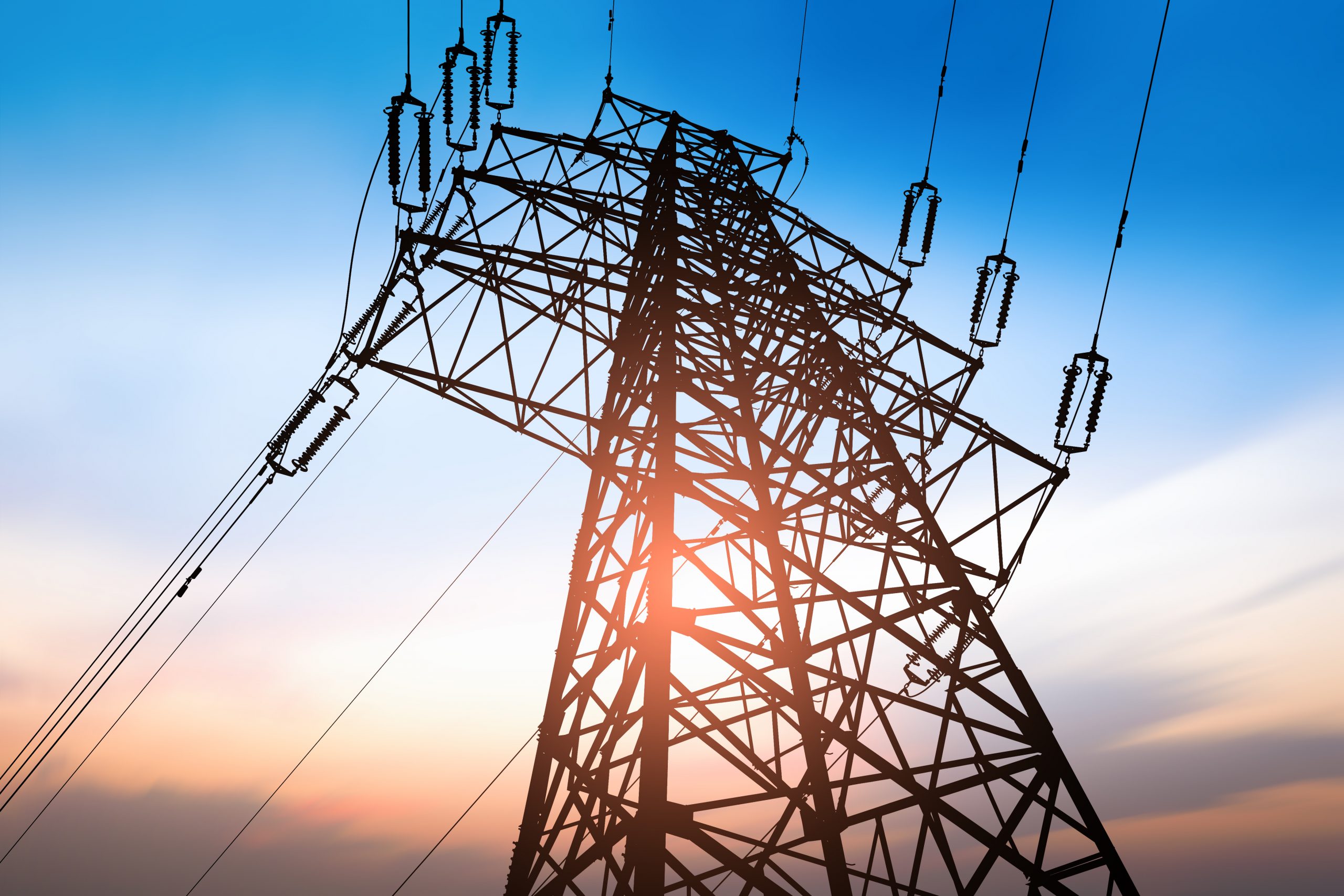Previously, I discussed what impact 5G will have on banking. The next post in this series describes what 5G is. 
5G stands for fifth-generation wireless service. It’s a new way of encoding data through the air that’s more efficient than previous generations. 1G was analog cellular. 2G technologies were the first generation of digital cellular technologies. 3G technologies brought speeds from 200 kilobits per second to a few megabits per second. 4G technologies were the next leap forward. Most people correctly define each generation by data transmission speeds, but it is important to note that each new generation, while faster, is also incompatible with the previous generation. There’s nothing new with 5G in that regard; it will require new transmitters, new phones, and new technology infrastructure.
But it’s about more than just being faster. 5G will provide more network capacity by expanding into a new spectrum, deliver lower latency for a quicker immediate response, and an overall better user experience since data rates will stay consistently high even when users are moving around.
5G brings three major improvements to mobility: higher speed (move more data), lower latency (be more responsive), and the ability to connect a lot more devices at once (sensors and smart devices). In general, that means the ability to deploy new immersive experiences such as virtual reality (VR) and augmented reality (AR), remotely control critical infrastructure, vehicles, and medical procedures, and the connection of embedded sensors in virtually everything.
To learn more about what 5G is exactly, why banks should care, the benefits and challenges of the new service, and what banks should be doing to prepare for the change, you can click here or submit the form below.
This blog was co-authored by Jonathan Crockett.


Great blog filled with information! Definitely educative for the concerned public now!